Welcome to Climate Drift - the place where we explain climate solutions and how to find your role in the race to net zero.
If you haven’t subscribed, join here:
Hi there! 👋
Skander here.
We're moving forward with our Climate Drift Fellows series, exploring various fields and ways to address climate issues.
Interested in joining the climate fight and working on the challenges faced by climate companies? Apply to our next cohort here.
Today Cristina Fonseca, a social entrepreneur from Nicaragua, who is now living in the Netherlands after six years in Asia, is developing a practical framework to authentically communicate sustainability while avoiding greenwashing.
Let’s dive in. 🌊
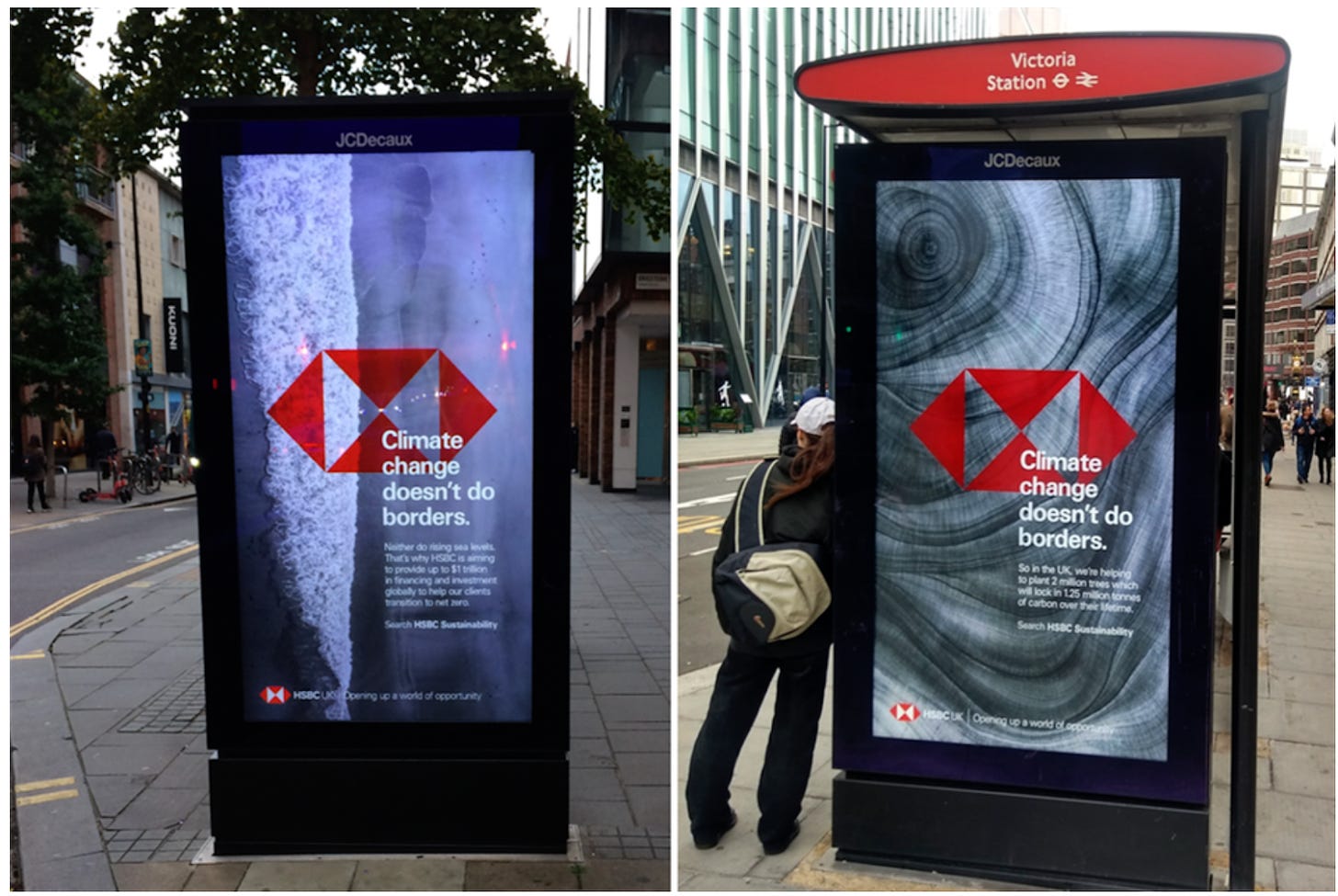
After seeing an ad for a sustainable bank, my boyfriend and I decided to create a game: to count how many times we'd spot words like "Eco-friendly," "Green," "Natural," "Organic," "Recyclable," or "100% Sustainable" on our way to the supermarket and inside. We took the long route (15 minutes on a main street) and soon we hit a count of 32 words before even setting foot in the store.
As someone who understands the importance of mindful choices and their impact on the planet, how can I make responsible decisions amidst all this greenwashing?
I get it – not all companies are out to deceive consumers. Some genuinely want to do good but struggle to convey their efforts effectively. That's why I decided to roll up my sleeves and delve into a topic that hits close to home for me and many of us – greenwashing.
Come along with me as I delve into it and explore within this post:
Why does it matter to companies?
What is greenwashing?
How governments are cracking down on deceptive practices.
The C.L.E.A.R Framework as a way to authentically communicate sustainability while avoiding greenwashing.
Why does it matter to companies?
Today's rising awareness of environmental and social issues has made being called out for greenwashing one of the scariest things for any company. For instance, IKEA, once praised for sustainability, faced backlash in June 2020 when it was linked with illegal logging in Ukraine. A report by NGO Earthsight criticized the wood certification group IKEA uses (Forest Stewardship Council), labeling it as an organization that greenwashes the timber industry. Other companies that have been caught greenwashing over the years include H&M, Zara, and Uniqlo. A 2021 report from the Changing Markets Foundation, which investigated clothing from major high-street fashion brands to verify the truthfulness of their sustainability claims, found that 60% of the claims overall were misleading. For example, H&M's line of "green" clothing titled "Conscious" claims to use "organic" cotton and recycled polyester. However, the line is merely a marketing tactic used to make the company appear more environmentally friendly.
Source: Screenshot of picture of H&M’s Conscious line tags.
Greenwashing as the term for companies that exaggerate their efforts to look greener than they actually are. We usually think of greenwashing as an intentional act by an evil company. But the reality is that this is not the case. Some companies genuinely want to do good, but simply don’t know how to communicate their efforts properly and sincerely, other ones do not have access to actual data to back up their claims and maybe a percentage is intentional. Unintentional or not, the consequences of greenwashing still are the same – and a simple word slip can end up being costly. Let go of the jargon, eliminate unnecessary language, and begin communicating transparently about your sustainability initiatives.
What is greenwashing and why is it a concern?
Greenwashing is the process of conveying a false impression or providing misleading information about how a company's products are more environmentally sound. Greenwashing is considered an unsubstantiated claim to deceive consumers into believing that a company's products are environmentally friendly. There are different forms of greenwashing such as:
Making a claim without proof.
Making an “incorrect and untrue” claim.
Making a “vague” claim.
Confusing logos and labels.
Making a misleading “comparative” claim.
Confusing the sustainability aspects of a product, service, with those of a company.
A study by the EU in 2021, discovered that almost half of all environmental claims made online are exaggerated, deceptive, and straight-off false. Companies are using words like “conscious,”, “eco friendly,” and “sustainable” to make themselves appear environmentally responsible – even though they truly aren’t.
Source: Screenshot of https://environment.ec.europa.eu/topics/circular-economy/green-claims_en
According to research conducted by The Nielsen Company in 2015, two-thirds of global consumers say they are willing to pay more for products and services from companies that are committed to making a positive social and environmental impact.
To address the problem of greenwashing, governments like those in the US, Europe, and parts of Asia are stepping up their efforts. They're working on expanding regulations and setting clear goals to encourage sustainability practices among suppliers, manufacturers, and brands. Companies that make false claims will face financial penalties, hitting them where it hurts the most: their wallets.
Efforts to combat greenwashing through directives and laws
The world is paying attention and regulations are getting updated. Below you can find some of the regulations that could affect your business:
Source: Table, Substack does not allow tables to be uploaded.
How to communicate sustainability while avoiding greenwashing?
Implementing guardrails within corporate organizations to effectively communicate sustainability while avoiding greenwashing requires a combination of information, commitment and promoting.
To aid organizations in this pursuit, below you can find a straightforward framework encapsulated in the acronym C.L.E.A.R:
C - Communicate transparently
L - Lay out information clearly
E - Establish organizational policies
A - Advocate for circular solutions
R - Rally for wider change
Information:
It is the starting place for all communication, as well as the foundation for everything else to grow from. This foundational layer ensures relevant information is clearly and transparently shared, providing an evidence-base that is verifiable and comparable while adhering to relevant regulatory policies.
Transparency entails openly sharing information that empowers individuals to hold decision-makers accountable and this means companies must understand what's happening upstream in their value chain and share this insight with both internal and external stakeholders.Adopting an examination of business own practices and those of others throughout the entire product life cycle is essential for businesses.
Guideline 1:
Commit to communicating transparently and based on evidence.
✅ Do’s:
Make sure the information provided is accurate, detailed, and clear. Make sure to back up claims with evidence and avoid using complicated jargon. Be specific and explicit in conveying the message so that it can be easily understood and questioned.
Use unified language throughout your report and avoid switching between technical jargon in one chapter and clichés in the next.
Be cautious about highlighting a single sustainability aspect while others are not.
Collaborate with well-known third-party certification programs and industry standards, as well as trusted data sources, to support and validate claims. Make sure to engage with organizations endorsed by governments, NGOs, or industry peers. For example, Engaging with the World Fair Trade Organization (WFTO) to certify fair trade practices across various industries, validating claims of equitable trading relationships and social responsibility or partnering with the Rainforest Alliance to certify sustainable agricultural practices, validating claims of environmental stewardship and responsible farming methods.
Be open about the obstacles or difficulties encountered on your sustainability path, and communicate how you're actively tackling them. For instance, Patagonia has been vocal about the challenges they face in achieving sustainability, particularly in their complex global supply chain. They openly discuss issues such as traceability of materials, fair labor practices, and environmental impacts of production.
Take ownership of every aspect of your value chain, acknowledging accountability for impacts at every stage of production and consumption, even those beyond your direct control.
When communicating about specific products, ensure it aligns with the broader actions and initiatives of your brand.
Checklist:
Are you working with reliable, independent sources or reputable third-party certifications supporting and validating the claims?
Does your shared information contribute to the sustainability performance of your product, service, or organization?
Does it offer a comprehensive understanding of impacts, considering environmental and social concerns?
Is the information shared in line with long-term commitments, providing clarity on the organization's progress?
Guideline 2:
Ensure information is shared in a clear and accessible manner
✅ Do’s:
Make sure that any information shared, especially technical details, is presented in a clear, concise, and easily understandable manner, whether through text or visuals. Ensure that consumers can distinguish between product-specific details and broader brand information.
Avoid using words such as 100% Sustainable or Sustainably sourced, Biodegradable, CO2 Compensated, Carbon offsetting, Carbon neutral Carbon-friendly, Eco-friendly or Green, Environmentally- friendly packaging, Natural or Organic, Recyclable.
Share information on an ongoing and timely basis, similarly ensuring evidence is kept up-to-date.
Share pertinent information across various consumer touchpoints, such as at the point of sale, on multiple website pages (including both corporate and product-specific pages), and through social media channels.
Checklist:
Can consumers easily access sustainability information about the product, service or organization?
Can they access it through common communication channels?
Is the shared information clear, practical, and easy to grasp?
Is it well-structured, with further details accessible elsewhere for a deeper understanding?
Is the communication presented in an engaging and enjoyable manner to enhance effectiveness?
Are sustainability claims, strategies, and messages consistently shared in a timely manner?
Commitment:
It's not just about using data to showcase your efforts, but offering consumers a new perspective to adopt as they recognize and appreciate the impact of their choices on sustainable living. This is a layer where the effort lies in shifting towards systemic change.
This is where consumers can embrace enjoyable choices while respecting the limits of our planet. and where lower impact options and circular solutions can be encouraged to normalize more sustainable behaviors.
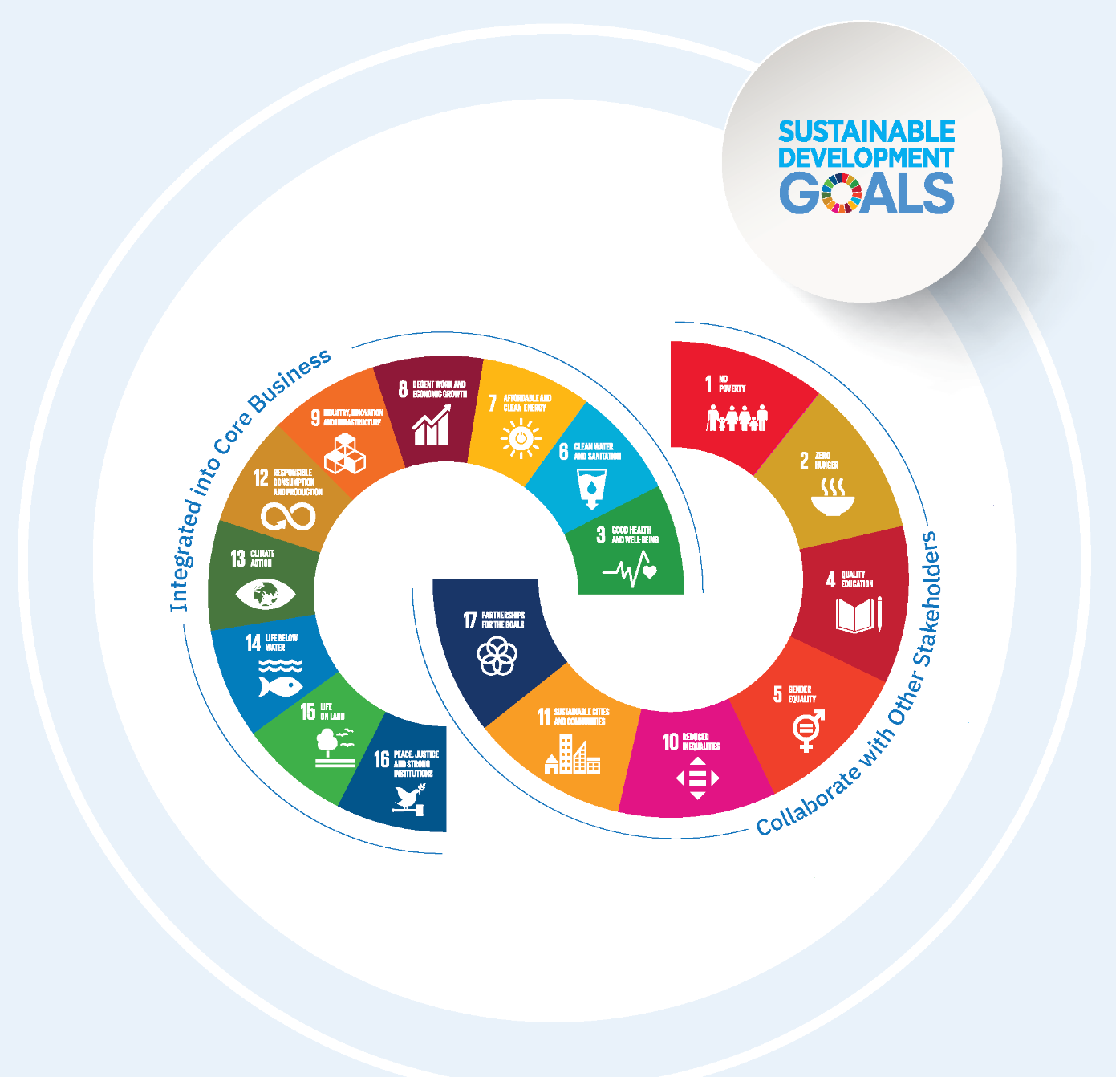
Guideline 3:
Establish an organizational sustainability policy
✅ Do’s:
Develop a formal sustainability policy that outlines the principles, standards, and procedures for your organization's sustainability efforts. This policy is not a box ticking exercise, it is about being clear on how your organization defines sustainability in terms of Objectives and Key Results (OKRs) and the metrics that represent success.
Make sure to set targets aligned with global frameworks such as the United Nations Sustainable Development Goals (SDGs).
Implement a cross-functional review process involving sustainability experts, communications professionals, legal advisors, and senior leadership to review and approve sustainability efforts.
Engaging stakeholders in meaningful dialogue and collaboration to co-create sustainable solutions and drive positive change.
Provide training and education for employees about sustainability practices and the complexities involved to ensure they understand the importance of accuracy, transparency, and compliance with relevant regulations and standards.
Encourage informed decision-making and engagement with sustainability initiatives.
Foster a culture of continuous improvement by regularly reviewing and updating your sustainability practices based on feedback, emerging best practices, and evolving regulatory requirements.
Whenever feasible, opt to participate in established schemes rather than developing new individual methods, fostering better alignment within the industry.
Checklist:
Does your company have a sustainability policy in place?
Were various stakeholders, both internal and external, involved in creating this policy?
Is your sustainability strategy aligned with the Sustainable Development Goals (SDGs)?
Are your employees aware of the organization's sustainability practices?
Do your employees understand common sustainability terms and regulations?
Guideline 4:
Promote positive changes and showcase practical circular solutions to empower individuals to lead more sustainable lives.
✅ Do’s:
Prioritize responsible and sustainable options showcasing them ahead and instead of less sustainable products and services. For instance, utilize filters and labels, based on criteria validated in the information section, or dedicate sections on websites or in stores.
Expand access to circular alternatives and make these options available to diverse audience groups, including those of various genders and income levels, to ensure greater equity and inclusivity.
Share ways for customers to make responsible sustainable decisions. This could include promoting resale platforms, recycling, or reuse programs depending on your product or service. By offering these options, customers can make informed choices, leading to increased loyalty. Ensure these services are promoted responsibly to avoid encouraging excessive consumption. Also, ensure any claims about their environmental impact are based on reliable information.
Checklist:
Are your sustainable products or services accessible?
Is there clear guidance on websites and in stores?
Are circular consumption options promoted and made easy to access?
Is there straightforward advice for consumers on responsible post-purchase care?
And, is there information on how to properly consider the end-of-life of products?
Promoting:
The third layer involves extending support beyond your own organization to promote broader sustainable change within your sector or industry.
Addressing the planetary crisis isn't solely reliant on individual behavior change; it demands systemic transformations across businesses, society, and policies. Effectively communicating sustainability while avoiding greenwashing can play a role in empowering the public. By recognizing them not just consumers, individuals can advocate for political, personal, and collective changes. This involves demanding improved products and services, challenging harmful norms, questioning decisions, and holding stakeholders accountable across sectors and industries.
Guideline 5:
Inspire and rally the public to push for wider change.
✅ Do’s:
Connect with advocates, activists, and the broader supporter community, including marginalized and vulnerable groups, to gain insight into various perspectives.
Share stories of those advocating for change in alignment with your organization's goals and aspirations.
Utilize your platform and influence to support causes beyond your own objectives.
Offer consumers and other stakeholders a platform to provide feedback and take action regarding your business, its products, and services.
Listen actively, engage in two-way dialogue, and keep them informed about changes you're implementing as a result.
Prioritize support for traditionally marginalized communities, including women, young people, indigenous and tribal peoples, and individuals with disabilities, ensuring their voices are heard within your organization and throughout its value chain.
Checklist:
Does your communication empower and encourage citizen engagement and action?
Do you have a platform for feedback from consumers and wider stakeholders?
Is that insight being reviewed and integrated?
Is knowledge and insight about sustainability shared frequently internally and externally?
Is your organization open to and engaging with advocates, activists, affected stakeholders and the broader supporter community?
Limitations:
This writer acknowledges that for communication change to have a significant impact, other broader efforts must also be implemented simultaneously. Therefore, there are limitations to adopting these guidelines like:
Data: More research is needed, along with transparent access and reliability in the accuracy of data across all environmental and social aspects.There's no shortcut or alternative to this. It might require time, money, and thorough research, but it's essential for credibility.
Consistency: Consistency remains a challenge, as there is no global agreement on terminology. Establishing a unified global classification for key terms, including those related to "sustainability," is necessary.
More to know: There are additional guidelines and details not covered here. The guidelines included are based on my own perspective and what I believe can be significant, but I acknowledge that there are numerous other aspects to consider for effective sustainable communication. I encourage everyone to conduct further research and consider individual circumstances to ensure comprehensive adherence to sustainable communication practices.
These limitations should not serve as excuses for inaction; instead, they should emphasize the need for additional effort.
Conclusion
It's easy to feel overwhelmed by greenwashing when buzzwords like "Eco-friendly" and "Eco-friendly" dominate marketing campaigns. While some companies like Patagonia or Dr. Bronner's strive to make environmentally responsible products, others fall into the trap of exaggerated claims.
Understanding what greenwashing is and why it's concerning sheds light on the importance of transparency and accountability. Misleading environmental claims not only diminish consumer trust but also delays genuine efforts towards sustainability.
Efforts to combat greenwashing are in motion, governments are implementing regulations and penalties to hold companies accountable for misleading practices. As these regulations tighten, it's essential for organizations to stay compliant and authentic in their sustainability efforts. Thus, if you want to know more about the C.L.E.A.R framework and how to avoid greenwashing or how to create sustainable goals for your organization, I'm here to help.


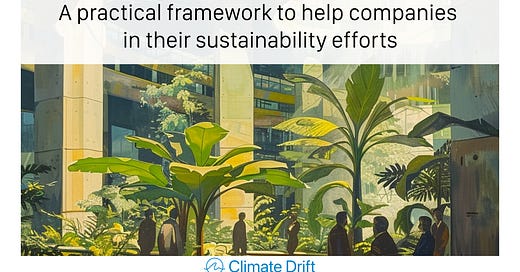



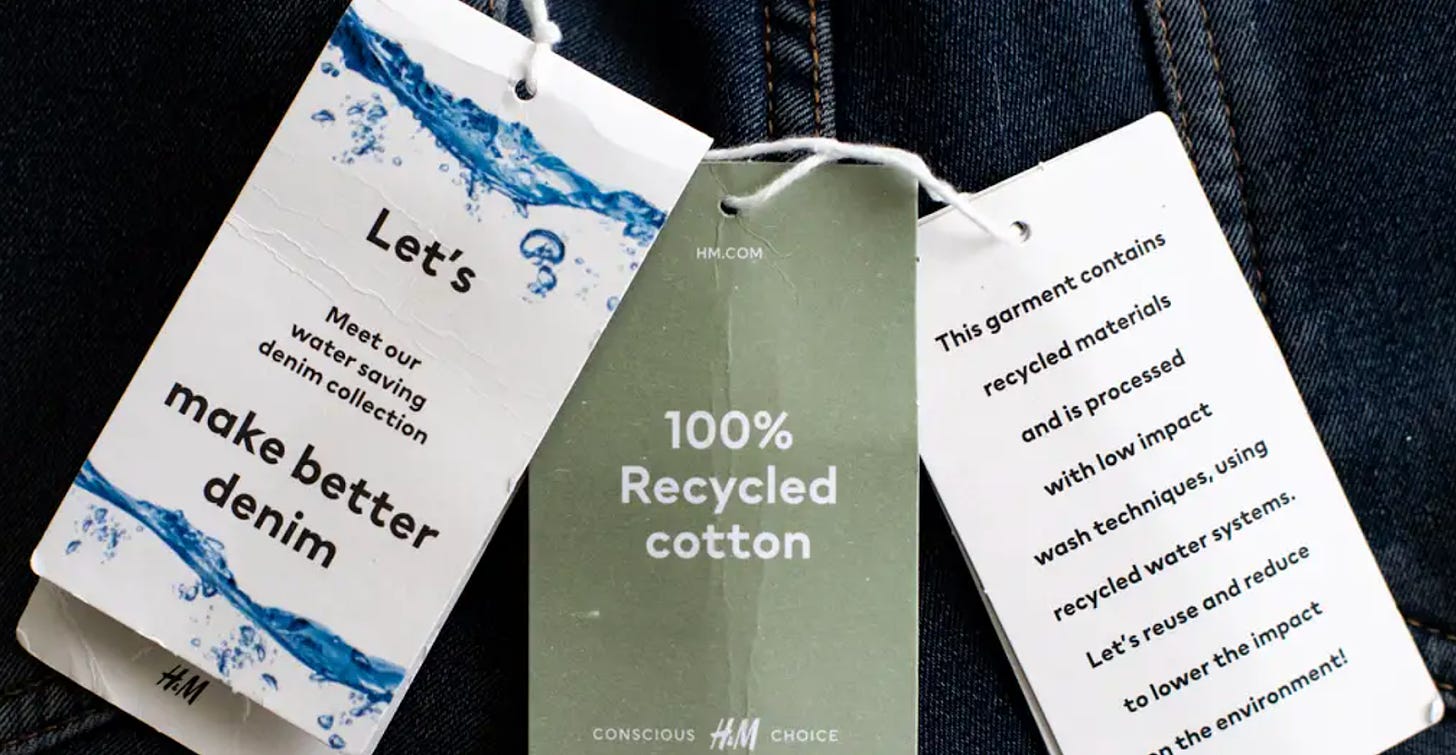

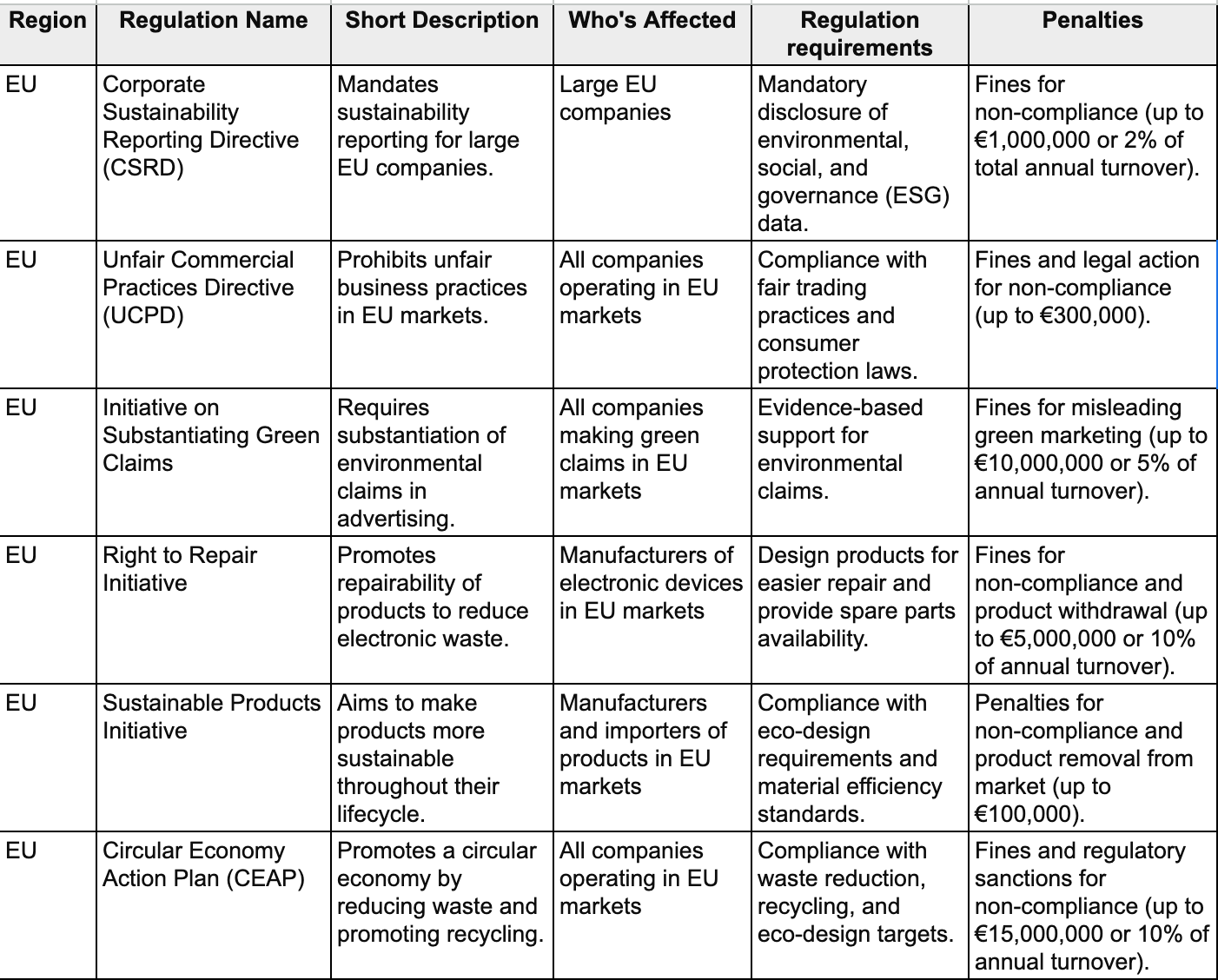

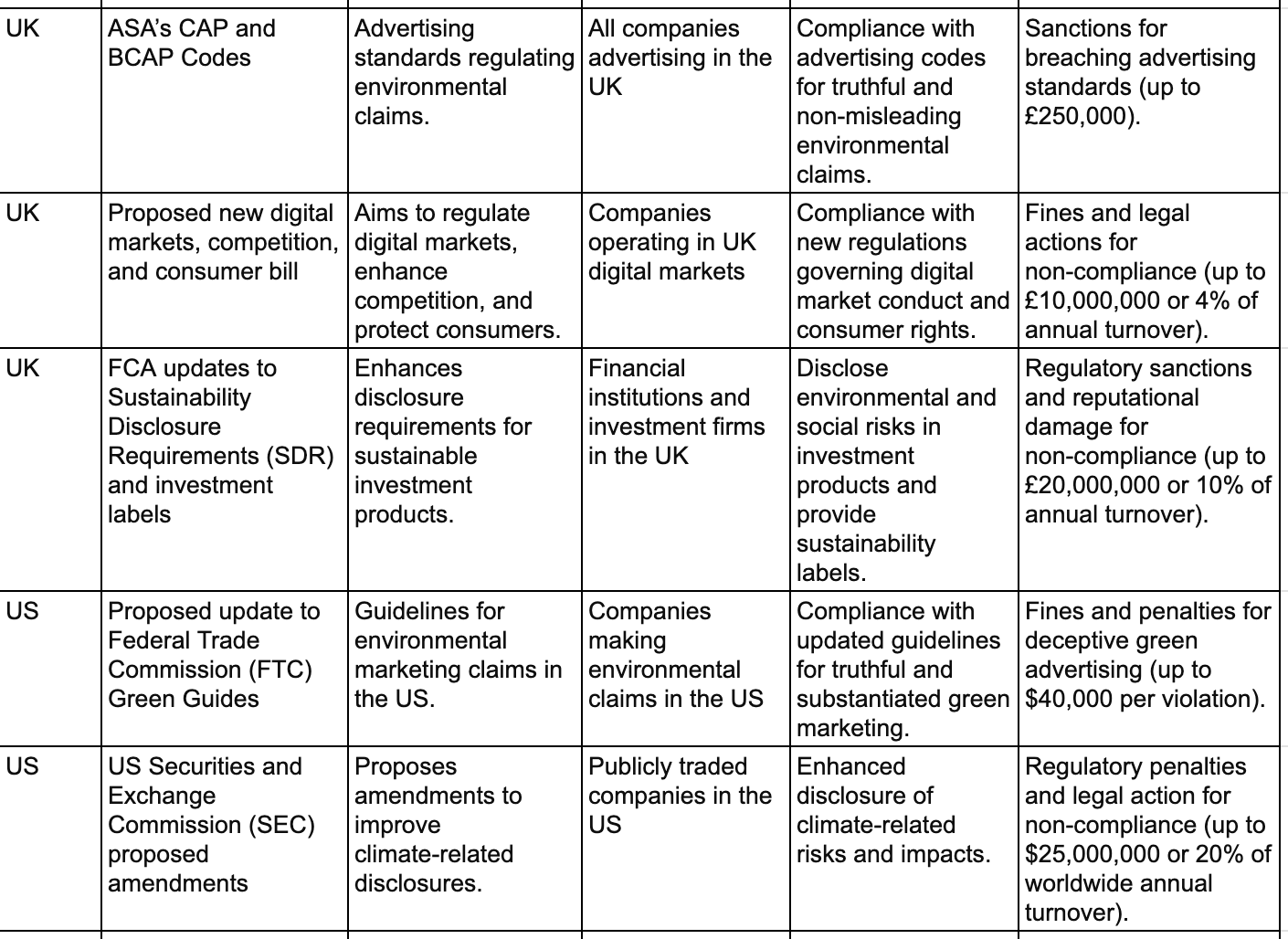

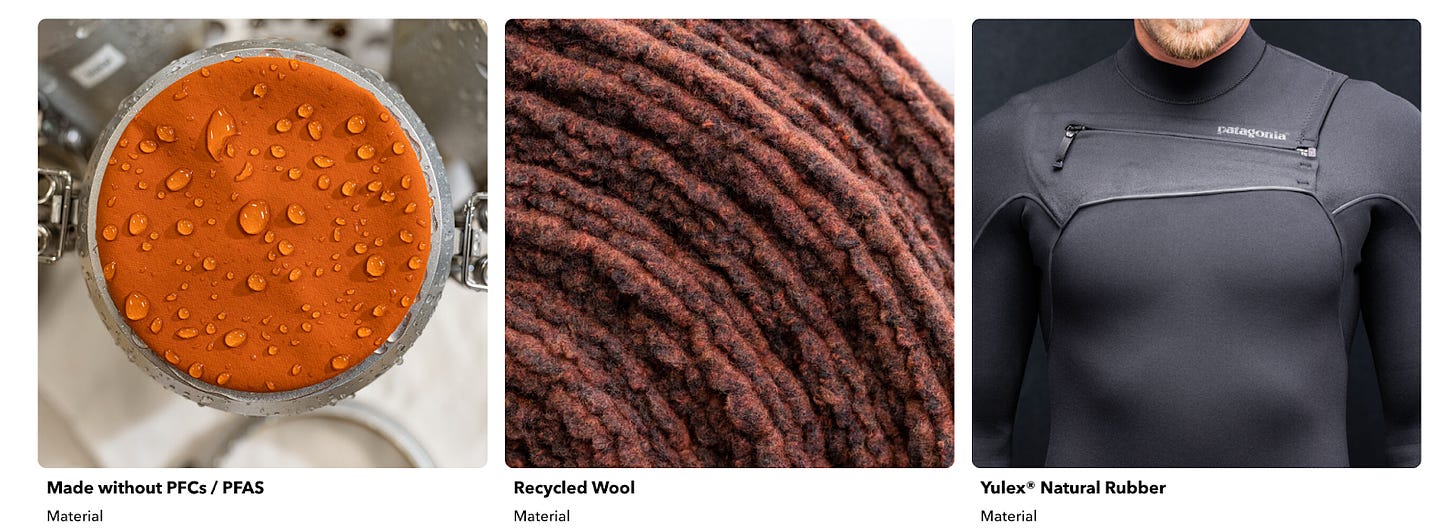
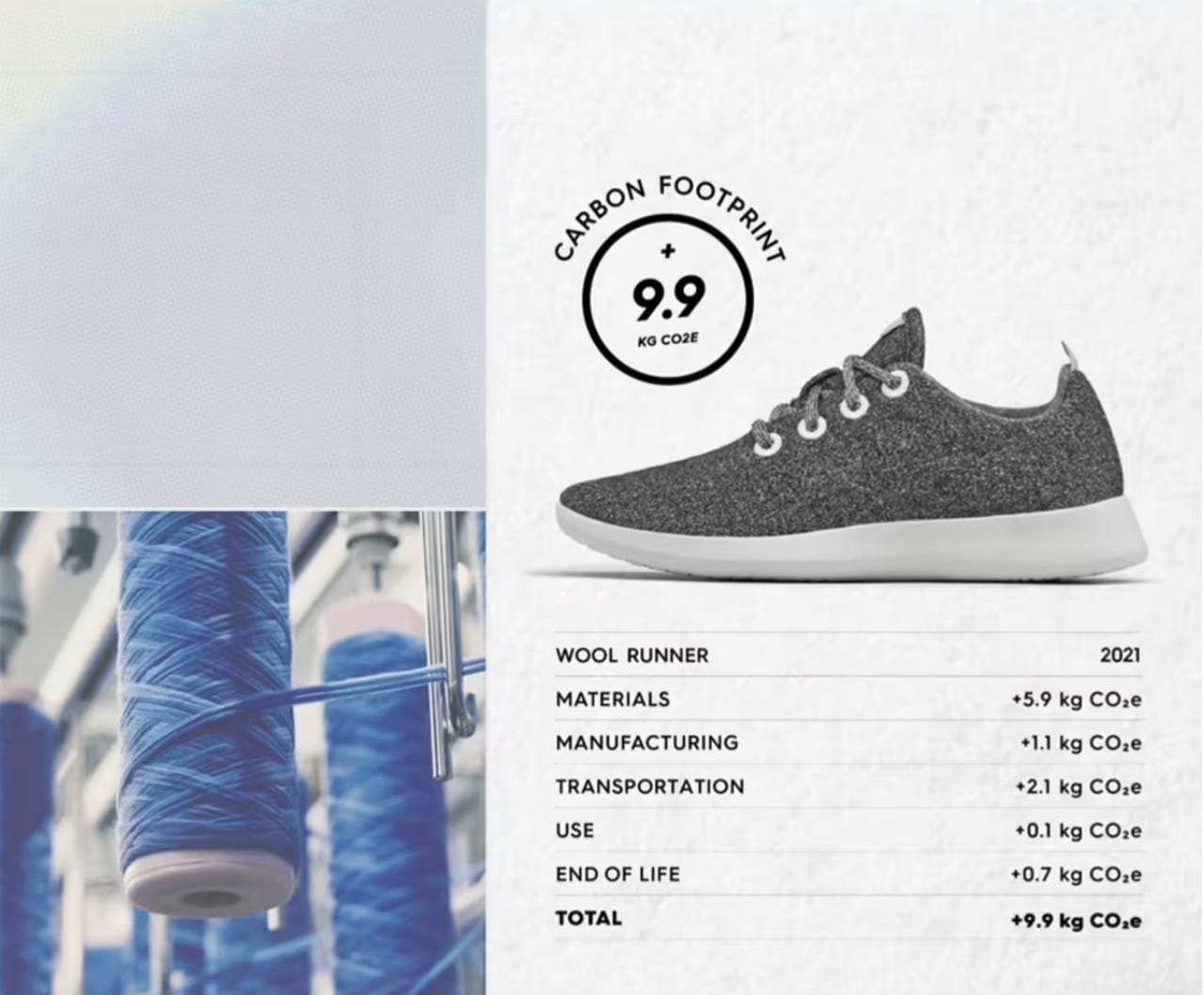

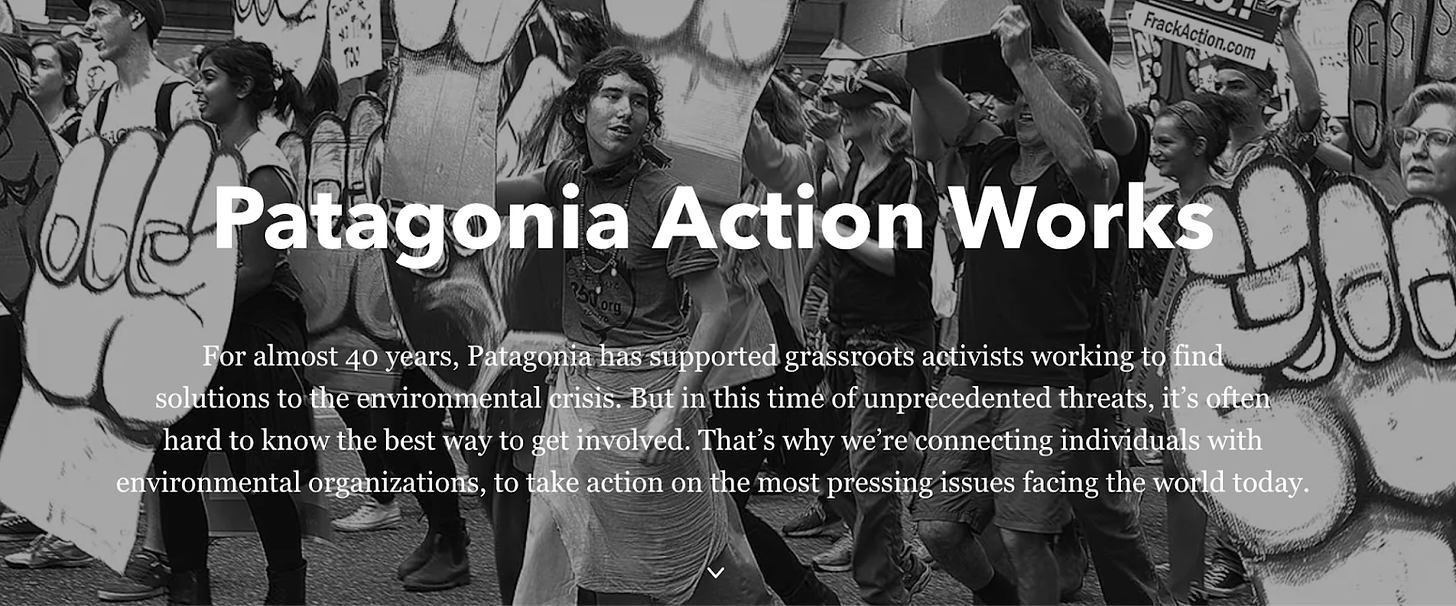
Thank you for sharing this post. As as sustainability professional in the built environment, I see a lot of first hand data on carbon emissions. Allbirds seem to have a few zeros missing from their data. I think it would help Allbirds if they used a 3rd party LCA, such as One Click LCA or Intertek. Only then can they truly claim to be as sustainable as they claim.